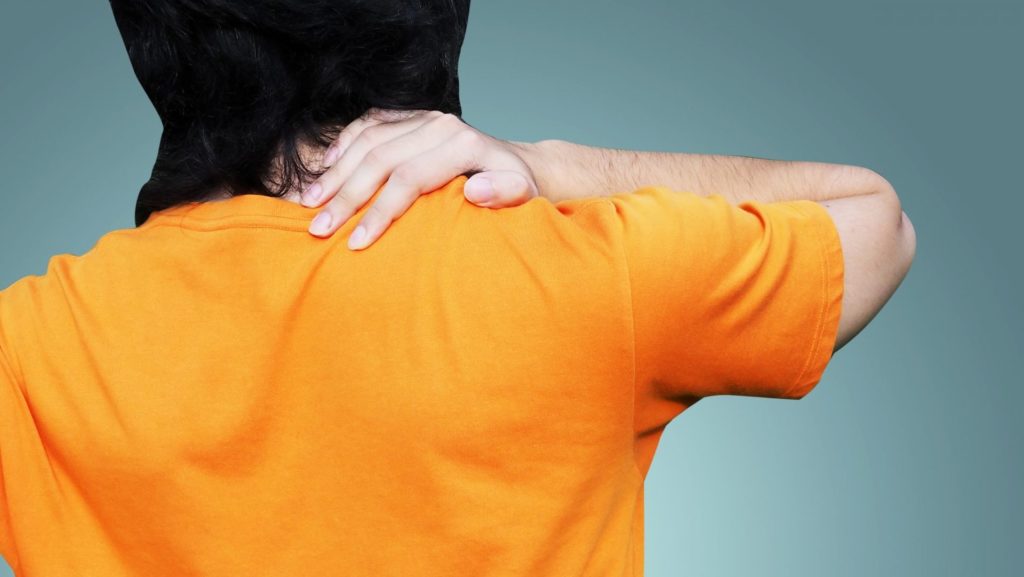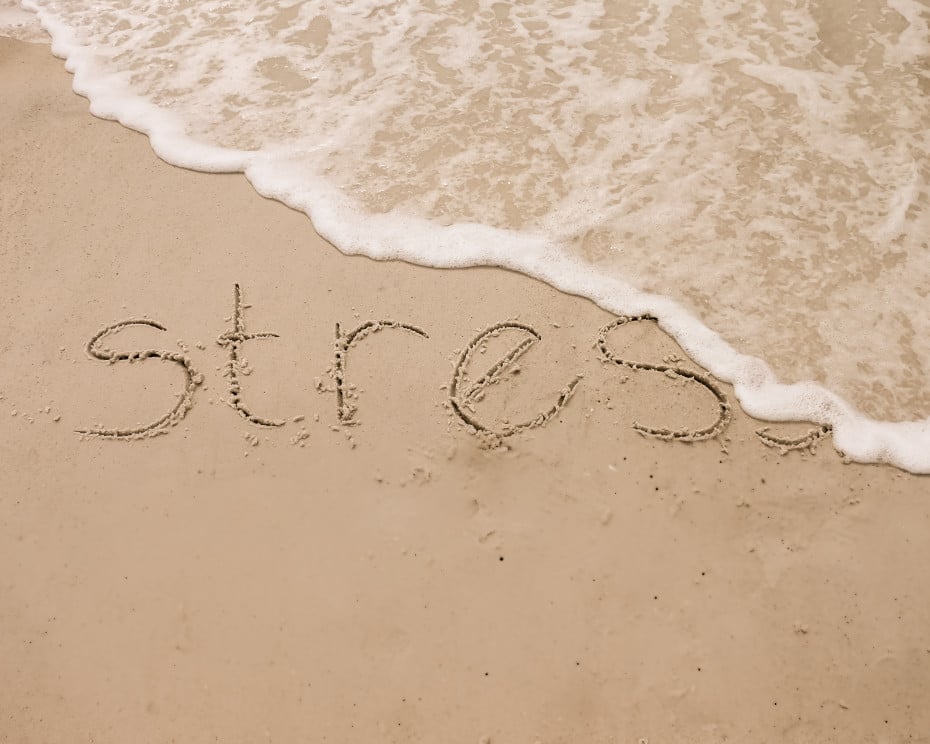Read time: 4:10 mins
If you’ve ever “over done it” while exercising or working in the yard, especially in hot weather, and felt a sudden muscle contraction and sharp pain, you may have experienced a muscle spasm. Muscle spasms can be quite painful, and now some doctors are recommending cannabis – CBD and THC – to help deal with the pain, giving people an alternative to prescription opioids like oxycodone and hydrocodone, which can be addictive and are often misused.
What is a Muscle Spasm?
A muscle spasm is a sudden, involuntary movement in one or more muscles. Muscle spasms are very common. They can happen in any part of the body, but they tend to affect the:
- feet
- hands
- arms
- thighs
- abdomen
- intercostal muscles, which are around the rib cage
Muscle pain, fatigue, and overuse are the most common causes of muscle spasms. Other causes include stress or anxiety, which can lead to muscle twitches in the face. Trapped nerves can result in spasms in the back.
How Can Cannabis Help Muscle Spasm Pain?
Cannabis is an anti-inflammatory and analgesic (pain-reliever) with chemicals that interact with the endocannabinoid system to influence how the body interprets pain. THC, CBD, and terpenes are three prominent elements in cannabis (among others) which play a synergistic, integral role in fighting pain.
- THC produces the euphoric effects or “high” in cannabis which many people find helpful in alleviating pain.
- CBD appears to balance THC’s euphoric effects, reduces anxiety, and studies show it is helpful for reducing pain and inflammation.
- Terpenes are what gives all plants their flavors, aromas, and potential medicinal benefits. In cannabis, the presence of certain terpenes helps determine how it affects your body. Terpenes may induce relaxation, sedation, and stimulation in complimenting the effects of THC and CBD.
“[Muscle spasms are] actually one of the major categories that cannabis is used for,” says Three Wells Chief Medical Adviser Dr. Deborah Malka. “They’re very effective. As a matter of fact, if you’ve had something like a motor vehicle accident and your muscles are all tight from whiplash, you can use pain medication such as opioids or anti-inflammatories, and they don’t touch the muscle spasm. So the muscle spasm component of an injury is really best treated by cannabis.”
Choosing the Right Cannabis Product, Method and Dosage
When picking the best cannabis product to help relieve pain from muscle spasms, a lot depends upon what your condition is. If it’s a simple pulled muscle, topical cannabis applied to the affected area may be your best bet. Topical cannabis creams or oils are often an effective treatment because you can apply it to a localized area, numbing your spasm and easing your muscle out of its contraction.
“With topicals you’re looking at 4-6 hours of relief, so you’ll have to use it several times a day,” Dr. Malka says. “Topicals could have THC or CBD – or preferably both – because they act on different endocannabinoid receptors. A combination of both would be giving you the most coverage.”
If there is chronic muscle spasm or spasticity, this will require internal use like an edible or tincture, Dr. Malka says. You may need high doses of a THC/CBD mix, with a dose of 10-20 mg three times per day. More THC in the mix will produce more psychoactivity, which is fine for some, but, ratios of CBD/THC up to 20:1 will relax muscles.
If you prefer inhalation, you’re in luck, since all strains have muscle relaxant properties. Those containing the terpene myrcene, found in indicas, are not only sedating but have additional muscle relaxant properties. “If you prefer to inhale then you’re going to have to do it 4-5 times a day,” Dr. Malka said.
Since all muscles of the body relax with ingested cannabis, a combination of internal and topical use can augment relief in the affected area.
Choosing the Right Cannabis Strain
We researched five popular cannabis strains for dealing with pain, and keep in mind there are many more that may help. For these five strains, though, you’ll see that the general THC to CBD ratio and main terpenes fluctuate. They may also vary depending on the source of the strain, and whether it is natural flower or processed cannabis product like an oil, concentrate, tincture, etc.
- ACDC is a Sativa Hybrid with a low THC and high CBD ratio. Its terpenes are typically Beta-Caryophyllene, Linalool, Beta-Myrcene, Alpha-Pinene, and D-Limonene.
- Grandaddy Purple is an Indica strain with a high THC to low CBD ratio. The terpenes are generally Beta-Myrcene, Linalool, and Alpha-Pinene.
- Harlequin is another Sativa Hybrid with a fairly even THC to CBD ratio. Its terpenes are Linalool, Beta-Myrcene, Alpha-Pinene, D-Limonene, and Beta-Caryophyllene.
- OG Kush is an Indica with a high THC to low CBD ratio, and its terpenes are Aryophyllene, D-Limonene, and Beta-Myrcene.
- Skywalker OG is an Indica Hybrid that is also known for a high THC to low CBD ratio. Its terpenes are generally D-Limonene, Beta-Caryophyllene, and Linalool.
If you’re dealing with muscle spasms and decide to use cannabis as a muscle spasm treatment, Three Wells is here to help you find the right product, strain and ingestion method that fits your needs.



